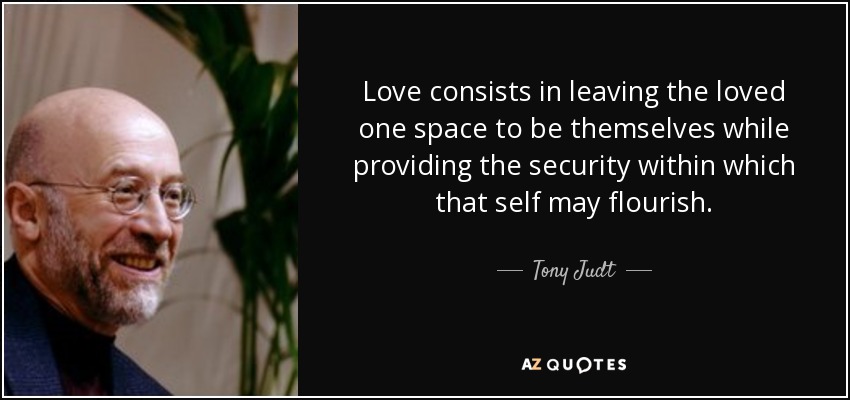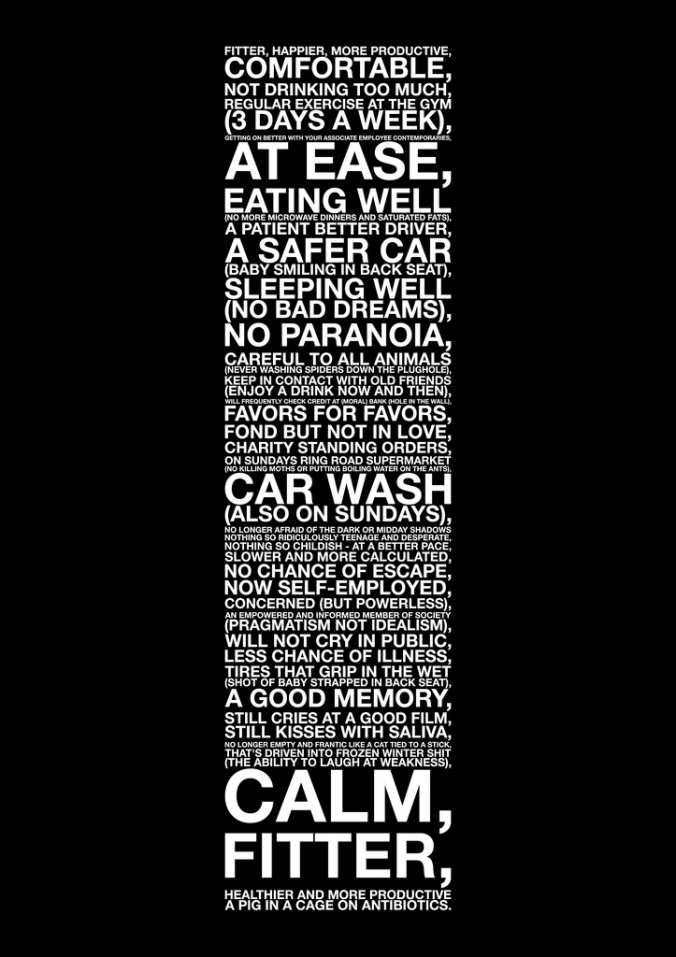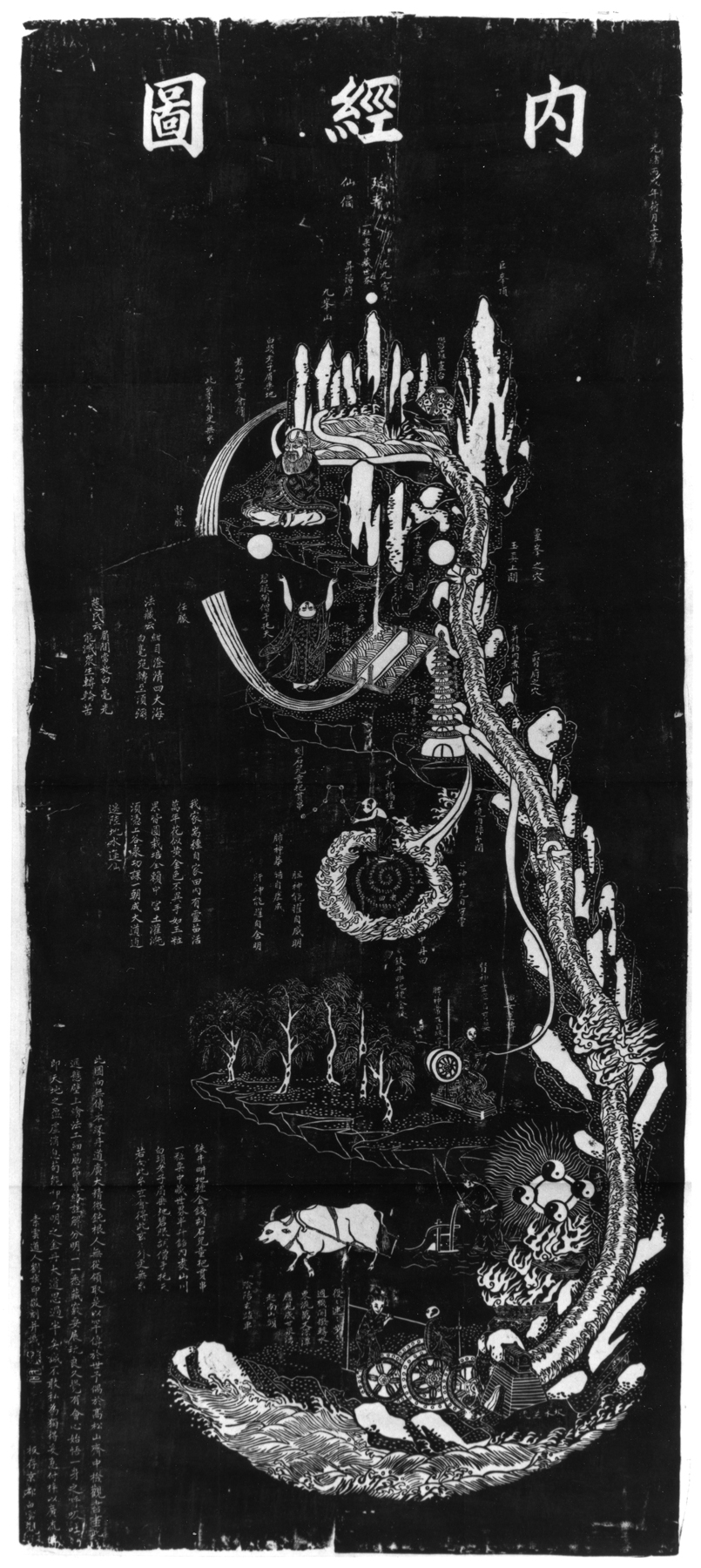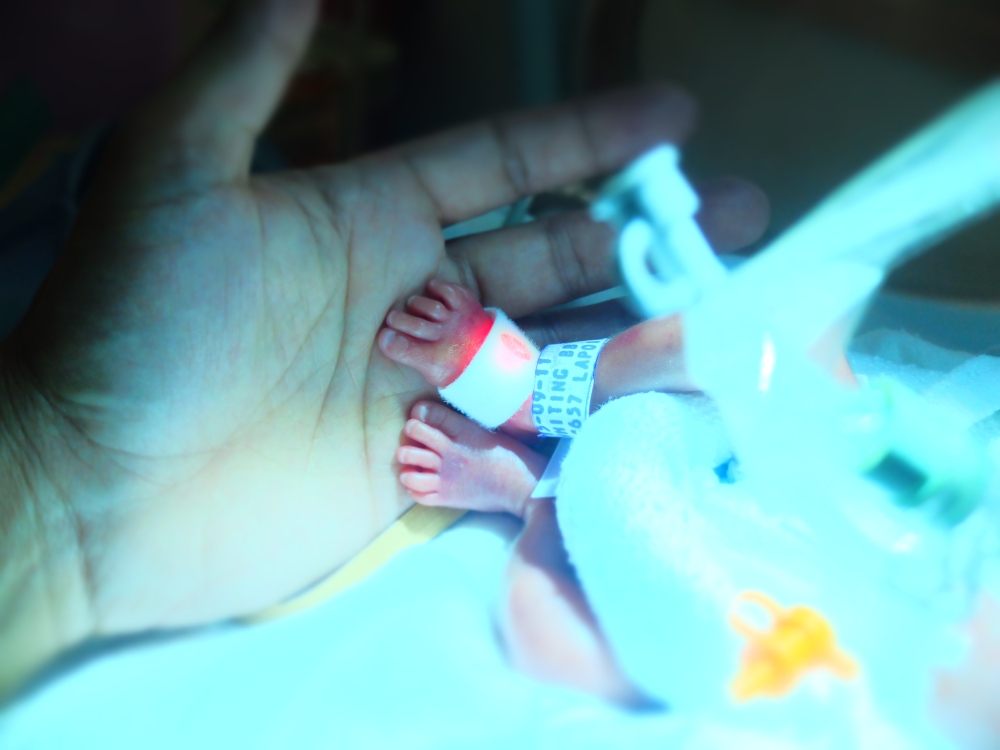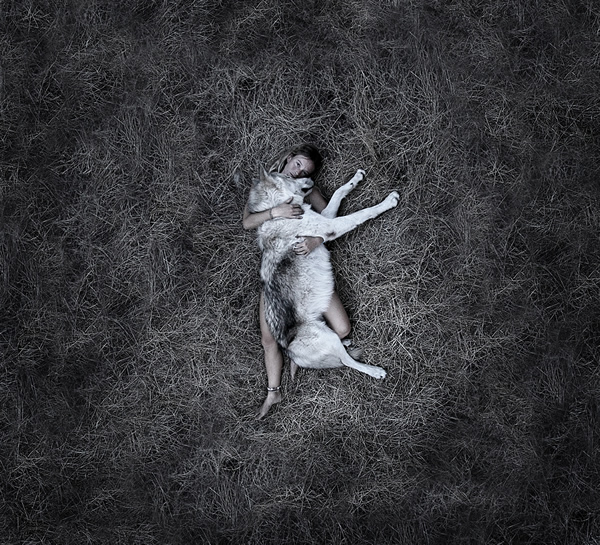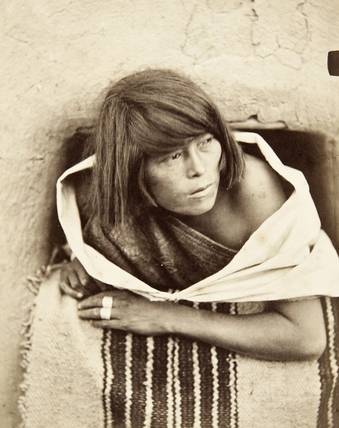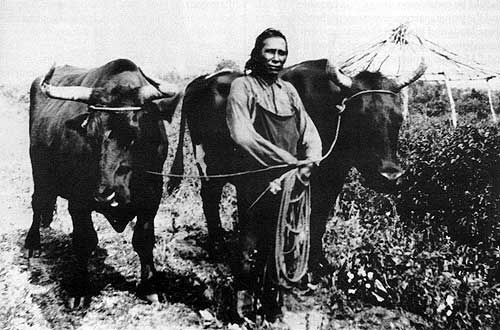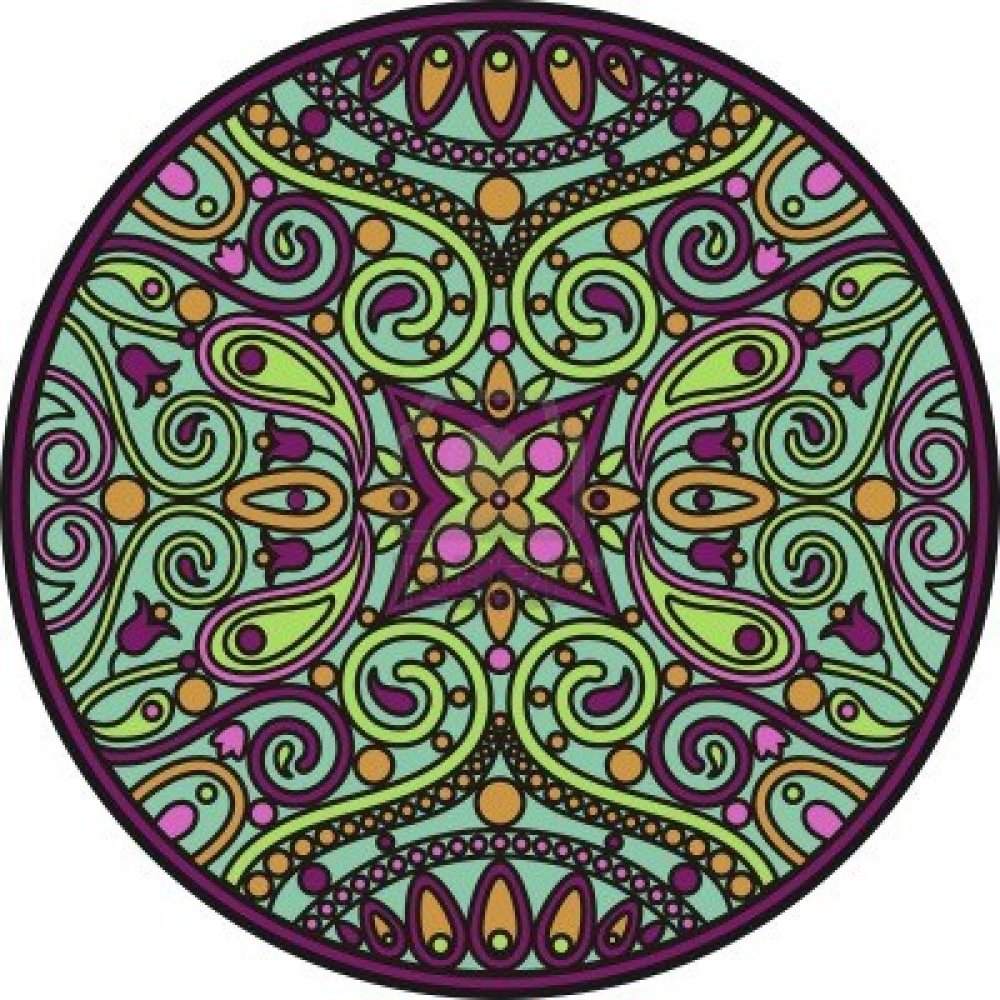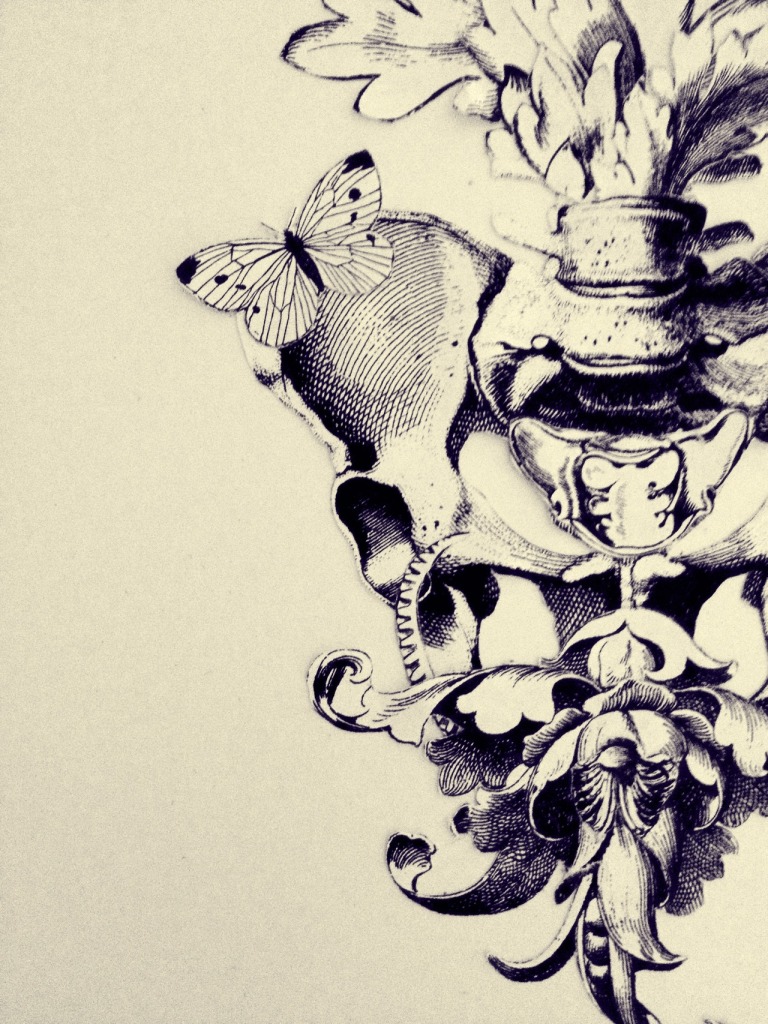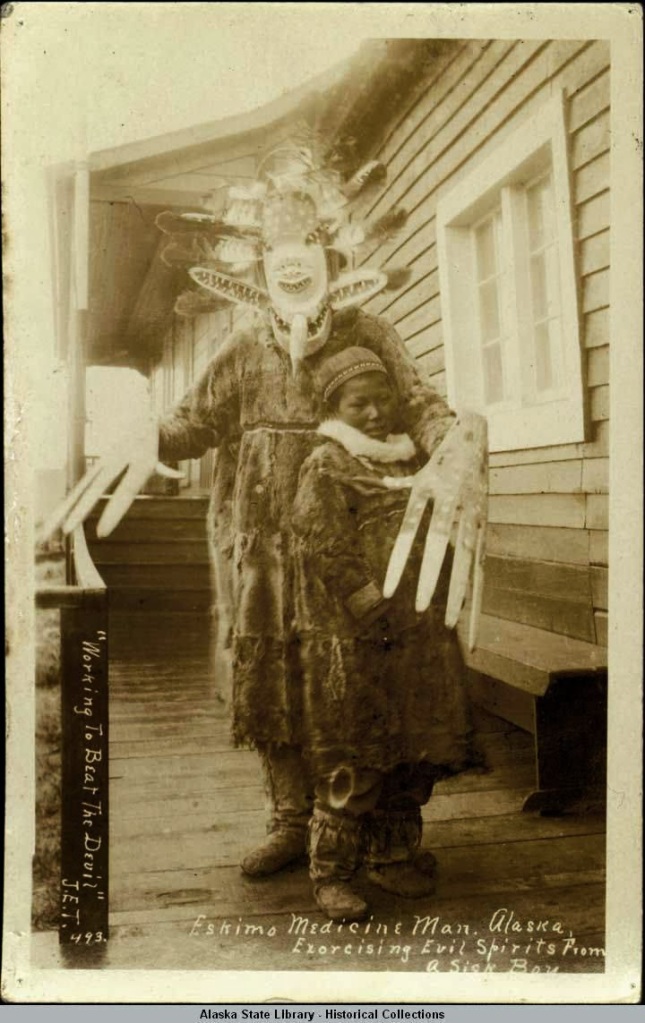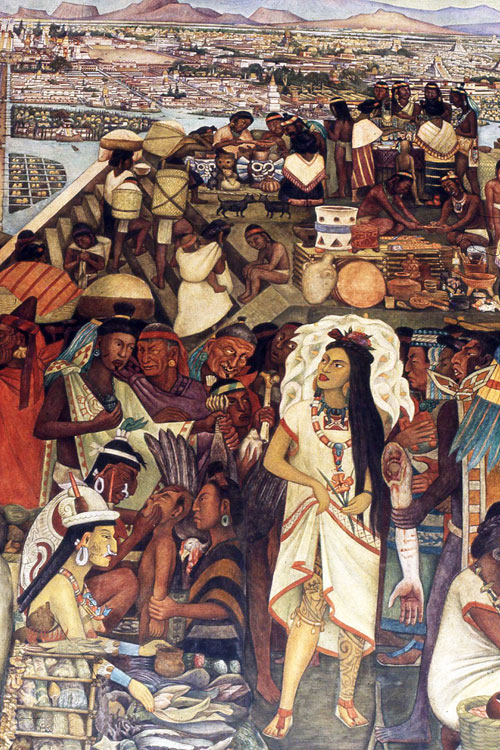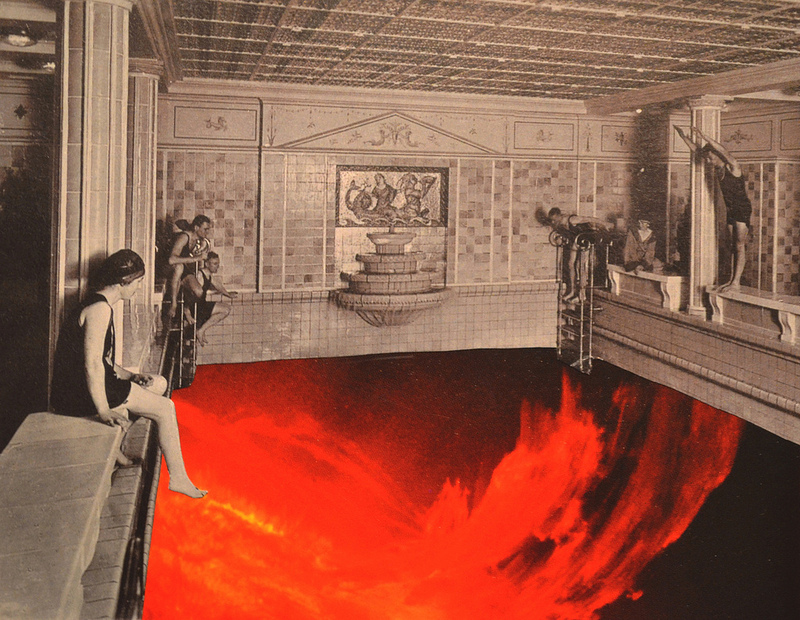The time has come when I felt like I needed to read something more intellectually challenging then self-help and spiritual texts. “Reappraisals” by the late brilliant Tony Judt, has been collecting dust on my shelves for the past eight years, since the year I started doctoral studies in history. The idea was to write about communist legacy in Poland’s political sphere, the decline of the left, etcetera etcetera. My studies director recommended Furet, Aron and Judt to me; I bought “Reappraisals”; the director scoffed that it was the least relevant of all his works; I moved on without ever reading the book, until now. I quit the programme too after the first disappointing session; I congratulate myself to this day.
I don’t remember if it was that professor that made me discover Judt or had I been reading his essays in the New York Review of Books before, but I was a die-hard fan for many years, and was saddened by his passing from ALS in 2010. His was an old-school erudite brilliance of a polyglot scholar, haughtily enjoying his breadth of knowledge, mercilessly pointing out the shortcomings, short-sightedness and limitations of authors he reviewed for the NYRB. “Reaprraisals: Reflections on the Forgotten Twentieth Century” is a collection of essays, mostly book reviews. One reason for which I’ve always enjoyed reading Judt was his “feel” for Eastern Europe, and a non-condescending language with which he unraveled the complexities of the troubled region. However, what I never realized was his distaste for identity politics, feminism and related issues. In The Silence of the Lambs: On the Strange Death of Liberal America he writes:
We are all familiar with intellectuals who speak only on behalf of their country, class, religion, “race,” “gender,” or “sexual orientation,” and who shape their opinions according to what they take to be the interest of their affinity of birth or predilection. But the distinctive feature of the liberal intellectual in past times was precisely the striving for universality; not the unworldly or disingenuous denial of sectional identification but the sustained effort to transcend that identification in search of truth or the general interest.
It’s astonishing that he would not see how the “general interest” of the past liberal intellectuals defined the secure well-being of white men only. It’s hard to take the quotation marks around race, gender, and sexual orientation after seeing the very real, struggles, experienced by living, feeling human beings, surrounding these categories. As if pointing out the many imbalances and setbacks encountered by people who do not fall in the white, male category only made the “universal, common good” less possible.
In Arthur Koestler, the Exemplary Intellectual, Judt is clearly irritated by Koestler’s biographer’s (David Cesarani’s) seriousness in reporting “the exemplary intellectual’s” numerous assaults on women. Curiously, he labels as anachronistic Cesarani’s “tak[ing] Koestler severely to task for his attitude to women.” Judt’s argument goes, sure, he was disrespectful, pushy and demanding, but Cesarani goes way too far by calling him a serial rapist. Again, “beating and raping” and “serial rapist” are put in sceptical quotation marks. Judt goes on to say, “If Koestler were alive, he would surely sue for libel, and he would surely win. Even on Cesarani’s own evidence, there is only one unambiguously attested charge of rape: In 1952 Koestler assaulted Jill Craigie, the wife of English politician and future Labour Party leader Michael Foot, in her own home during her husband’s absence.” Clearly, only an assault on a married, wealthy woman could ever be taken seriously (and even that, not always), especially in the 1950’s, but the situation hasn’t changed that much after all. Judt then denounces the black-or-white vision of the author, cals “disarming” the frequency with which the word “rape” occurs in the book, suggests that the reluctantly conceding women might have simply enjoyed Koestler’s advances, and comes up with the following conclusion: “As for the notion that someone might indeed be disposed to sexual domination, and even occasionally to force, and yet be appealing to women – well, this has apparently never occurred to Cesarani, even as a hypothesis.” Judt sneers at the tediousness and “sexual correctness” of Cesarani’s accounts of “Koestler’s adventures.” It was part of the mores of the times, after all. And in a particularly callous turn of phrase, he adds: “To the best of my knowledge, the overwhelming majority of the Hungarian, Austrian, Russian, German, and French intellectuals who pass through the pages of Cesariani’s bookk shared most of Koestler’s views on such matters, even if they were not always so assiduous or so successful in practice.” Is this gross or is this gross? Judt criticizes Cesariani’s moralistic tone, but at the same time trivializes sexual assault over and over again. He seems to be saying, big deal! “We know now that he raped the wife of a friend and forced his attentions on some reluctant women. This is deeply unattractive behavior. But Koestler was no moralist.” – so we shouldn’t judge him morally.
Judt’s view of Hannah Arendt’s thought can be summarized as calling her unoriginal and inconsistent, inexplicably appealing to the young people of our times. Simone de Beauvoir has even less respect in his eyes. There aren’t many more women mentioned in the book.
So yes, while I enjoyed “Reappraisals” and appreciate the insight I gained on many authors I will most likely not read (Leszek Kolakowski, Karol Wojtyla aka John Paul II, Primo Levi, and others), the book had an added benefit for me of helping me kill another idol. Tony Judt no longer has my unqualified admiration, and neither should he. I welcome these moments of awakening opposition to those I would like to revere. It teaches me not to expect total truth, wisdom and understanding from anyone – which is something that fuels much of the social media debate. Some authority we love suddenly says something that is not in line with our dearest narration – we want to educate them, force them to apologize, change their opinion. They resist. We move further away, beginning to question everything else they have done. I don’t want to do this. Tony Judt will still be an authority to me, on certain questions, but with qualifications. And on that note I will end. With love, goodnight.
